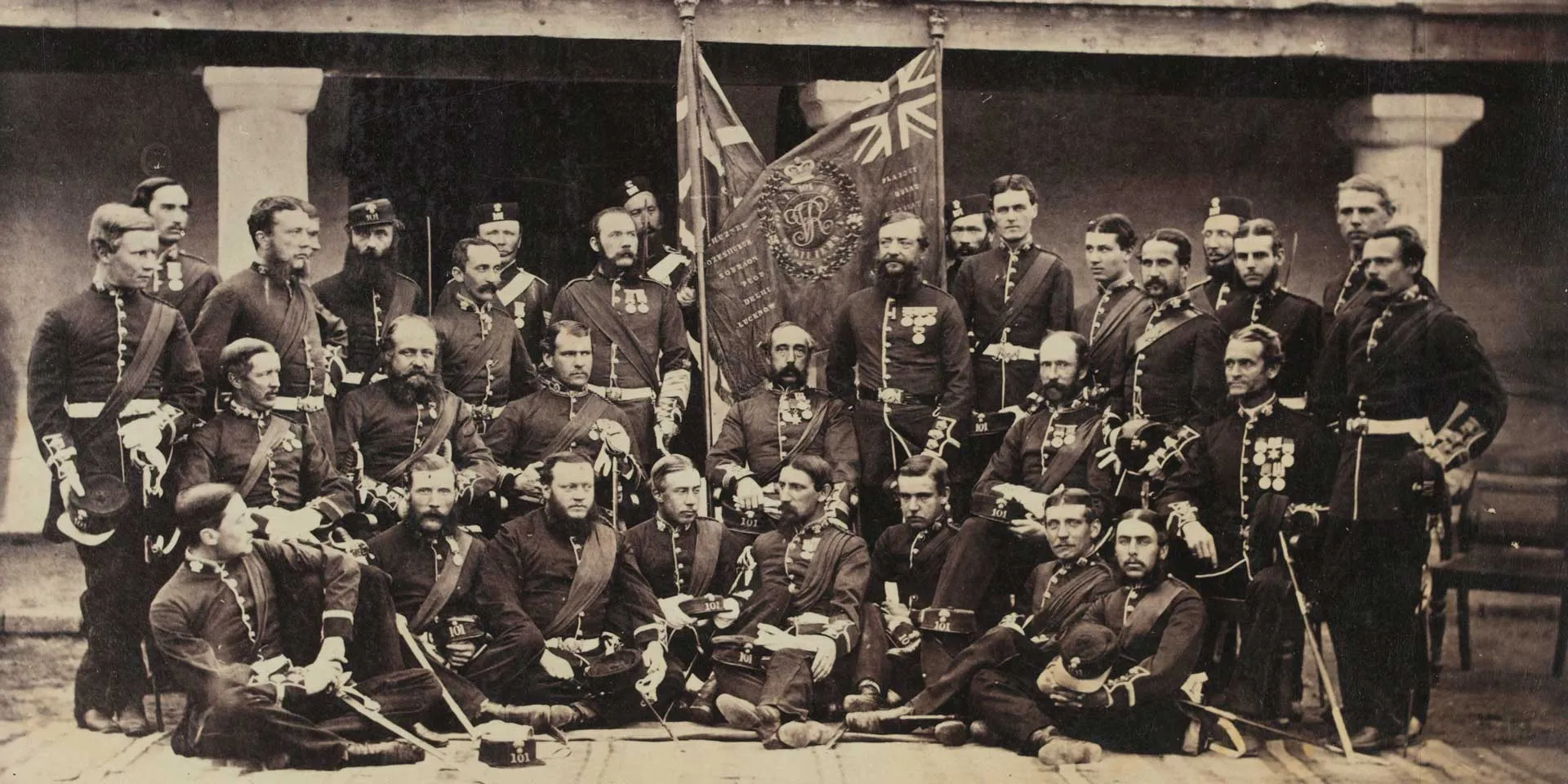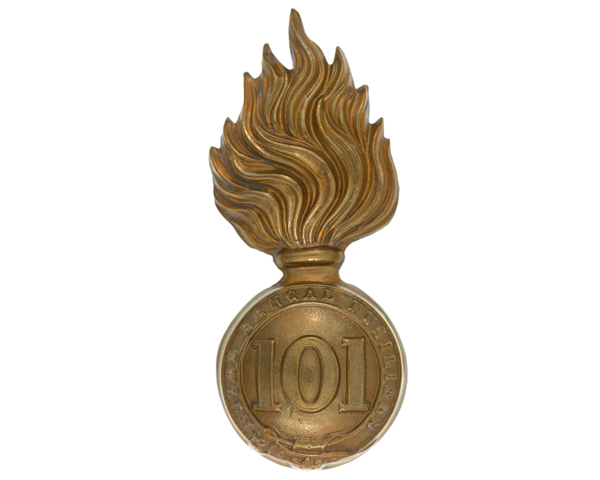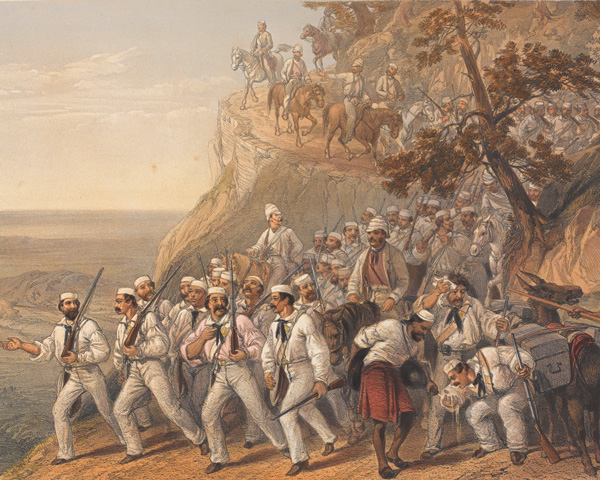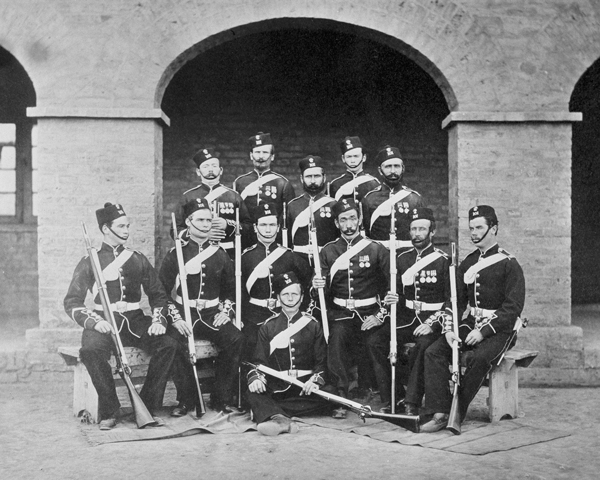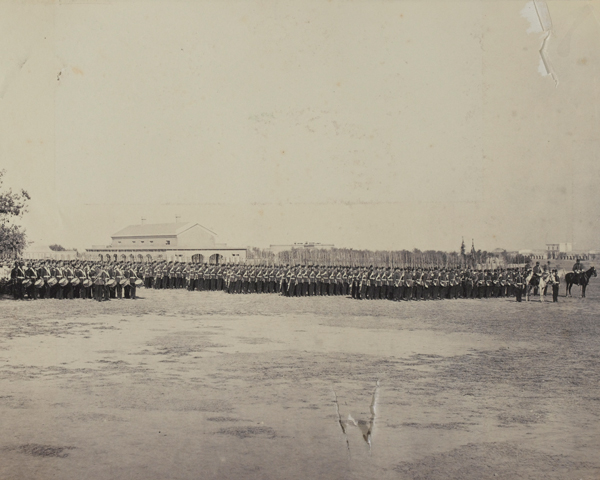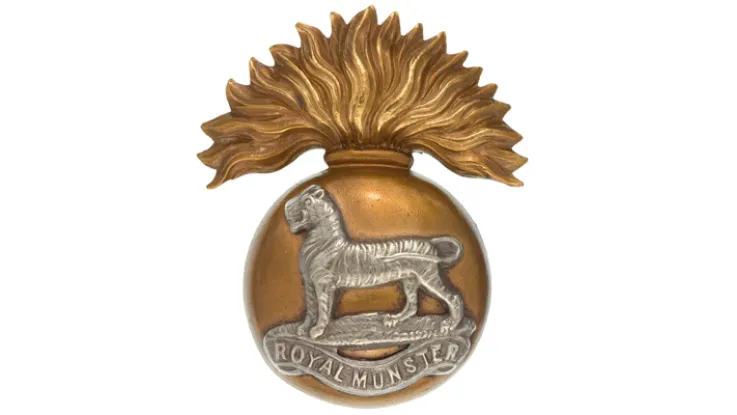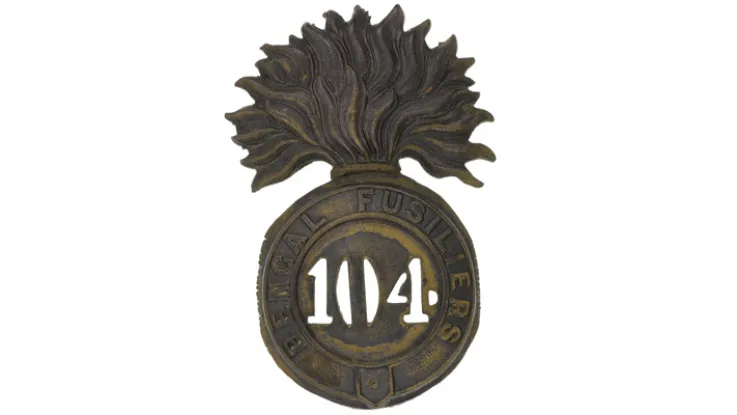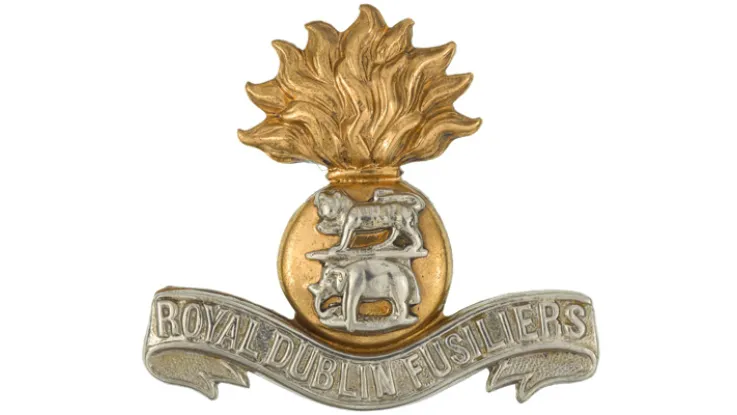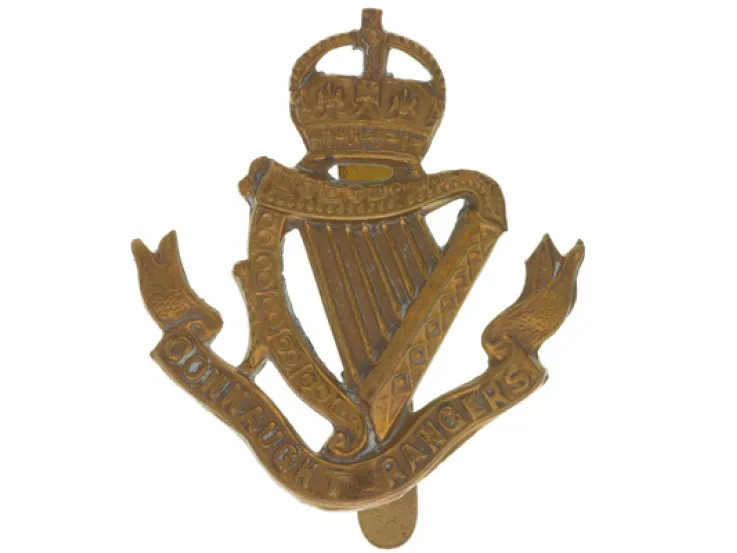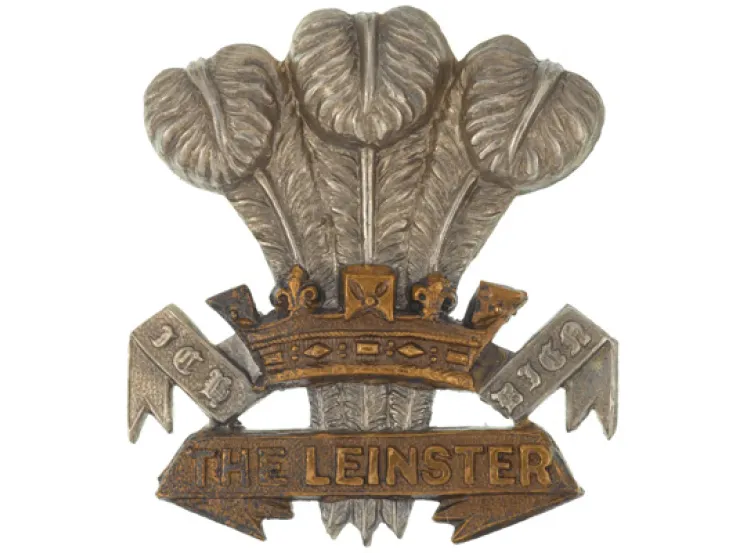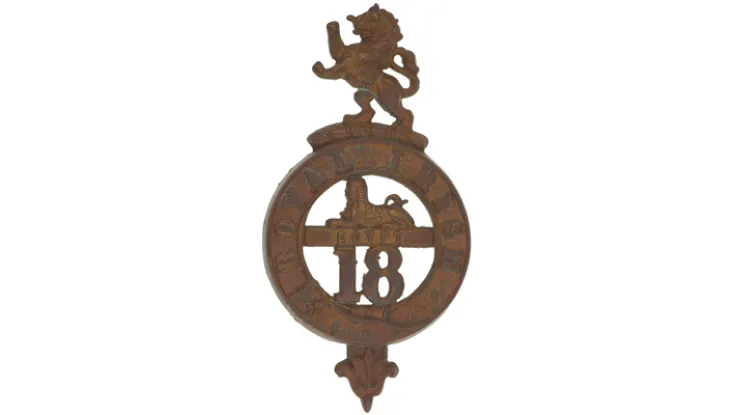Origins
This regiment’s history began in 1652, when it was made a Guard of Honour in the army of the East India Company. In 1756, it became the Bengal European Regiment, when Robert Clive amalgamated the existing independent companies of non-Indian troops.
Over the next century, the number of its battalions rose and fell. The title of the regiment also changed, becoming the 1st Bengal European Regiment (in 1765), the 1st Bengal European Battalion (in 1783), and again the Bengal European Regiment (in 1803).
It was involved in several conflicts across the Indian subcontinent during these years, fighting at Plassey (1756) and Buxar (1764). It also served during the Rohilla Wars (1773-94), the Second Mysore War (1780-84) and the Second Maratha War (1803–05).
Deployments
In 1809, two companies of the regiment were sent to garrison Macao. Britain had taken over this Chinese colony from the Portuguese following the French occupation of Portugal in 1807. Detachments were also sent to the Dutch East Indies (now Indonesia) in 1810, and Nepal and the Moluccas (now the Maluku Islands) in 1814.
The regiment fought in the Third Maratha War (1817-18) and the Jat War (1826). Then, in 1840, it was renamed the 1st Bengal (European) Light Infantry. In 1846, it took part in the First Sikh War (1845-46), during which it was designated as a fusilier regiment.
The 1850s saw it fighting in Burma and India. During the Indian Mutiny (1857-59), it served with great distinction at the siege and capture of Delhi and at Lucknow.
Quiz
Which of the following was a nickname of the 101st Regiment of Foot (Royal Bengal Fusiliers)?
The regiment was called the 'dirty shirts' after fighting in shirt-sleeves at Delhi in 1857 during the Indian Mutiny.
Transfer to Crown
Like all other European units of the East India Company, the regiment switched to British Army control. In 1862, it was retitled the Royal Bengal Fusiliers and given the numeral 101 in the order of precedence.
Four other line infantry regiments with that number had been raised and disbanded between 1760 and 1817. But the Royal Bengal Fusiliers was not regarded as the descendent of any of them.
In 1863, the regiment took part in the Umbeyla campaign on the North-West Frontier. It then embarked at Bombay (now Mumbai) in 1868, landing in England for the first time the following year. It remained there until 1874, before carrying out garrison duties on Malta and Cyprus.
Legacy
The regiment was in Canada in 1881, when it was amalgamated with the 104th Regiment of Foot (Bengal Fusiliers) - another former East India Company fusilier unit - to form The Royal Munster Fusiliers.

